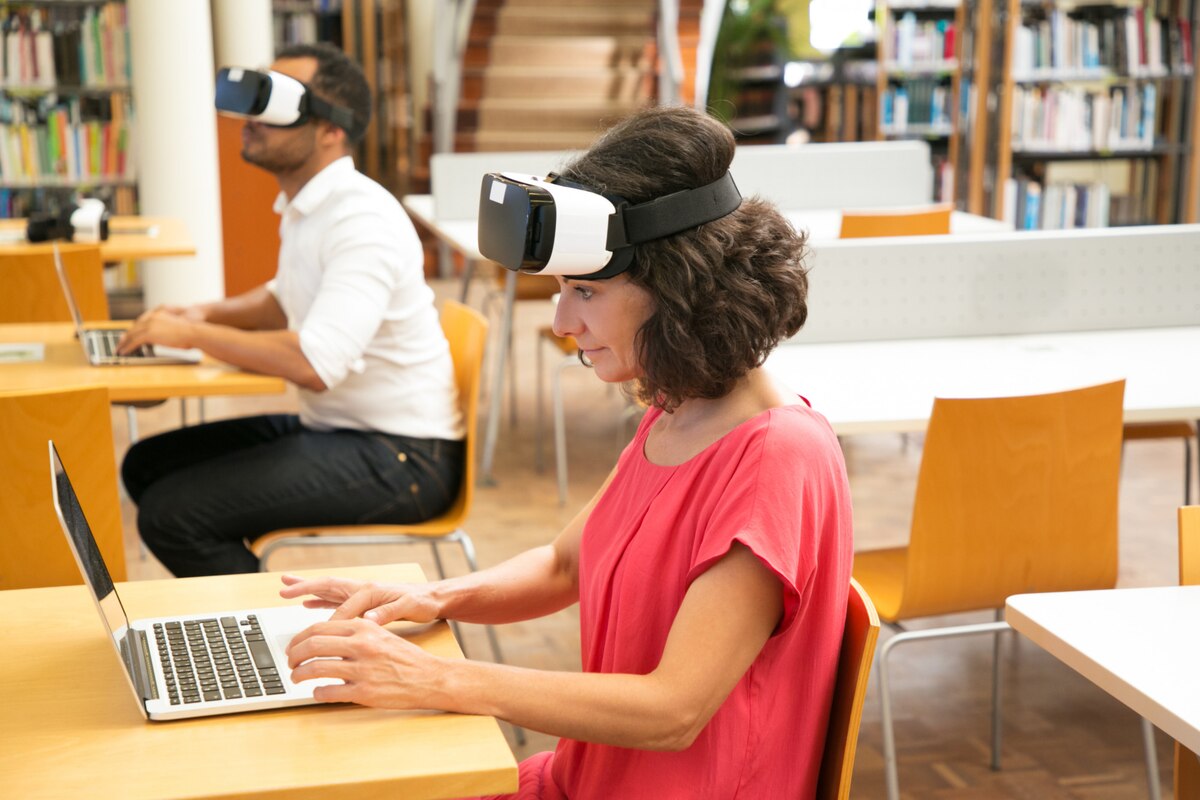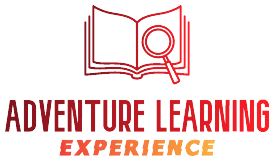The education landscape is evolving faster than ever, driven by rapid technological advancements.Read More
Technology has transformed how information is disseminated and consumed. From interactive whiteboards and learning management systems to online courses and educational apps, the tools available to educators are diverse and powerful. However, the challenge lies not just in adopting new technologies but in understanding how to leverage them effectively to enhance the learning experience. Educators must recognize that technology is a tool, not a replacement for effective teaching strategies. In this rapidly changing environment, professional development is crucial. Educators must engage in continuous learning to stay updated with the latest technological tools and pedagogical strategies. Workshops, online courses, and professional learning communities can provide teachers with the necessary skills and confidence to incorporate technology into their teaching practices. By fostering a culture of lifelong learning, educators can better adapt to new technologies and methodologies as they emerge. As students increasingly interact with technology, fostering digital literacy becomes essential. Educators should teach students how to critically evaluate online resources, navigate digital platforms, and use technology responsibly. Integrating digital literacy into the curriculum not only prepares students for academic success but also equips them with skills necessary for future employment in a technology-driven job market. Blended learning, which combines traditional face-to-face instruction with online learning, offers a flexible approach to education. This model allows students to learn at their own pace and provides teachers with valuable data on student progress. By incorporating online resources, educators can create a more personalized learning experience that caters to individual learning styles. For example, students can access instructional videos or interactive modules at home, allowing for deeper discussions and activities during in-class time. Interactive technologies, such as virtual reality (VR) and gamification, can significantly enhance student engagement. VR can transport students to historical sites or allow them to explore complex scientific concepts in immersive environments. Gamification, on the other hand, turns learning into a game-like experience, motivating students through challenges and rewards. By integrating these technologies into their lessons, educators can create a dynamic and engaging learning environment that captures students’ attention and enhances retention. Adapting to technological changes in education requires collaboration among educators, administrators, parents, and technology providers. Schools should actively involve all stakeholders in discussions about technology integration, ensuring that everyone understands the benefits and challenges of new tools. This collaborative approach fosters a supportive environment where educators feel empowered to experiment with innovative methods and where parents can reinforce learning at home. The rapid technological changes in educational methods present both challenges and opportunities for educators. By embracing continuous learning, fostering digital literacy, utilizing blended learning models, engaging students with interactive technologies, and collaborating with stakeholders, educators can effectively navigate this evolving landscape. As they adapt to these changes, they will not only enhance their teaching practices but also prepare students for success in a digital world. The future of education is bright, and by leveraging technology wisely, we can unlock the full potential of every learner.Understanding the Landscape
Embracing Continuous Learning
Fostering Digital Literacy
Utilizing Blended Learning Models
Engaging Students with Interactive Technologies
Collaborating with Stakeholders
Conclusion

Adapting to Rapid Technological Changes in Educational Methods
The education landscape is evolving faster than ever, driven by rapid technological advancements.Read More
